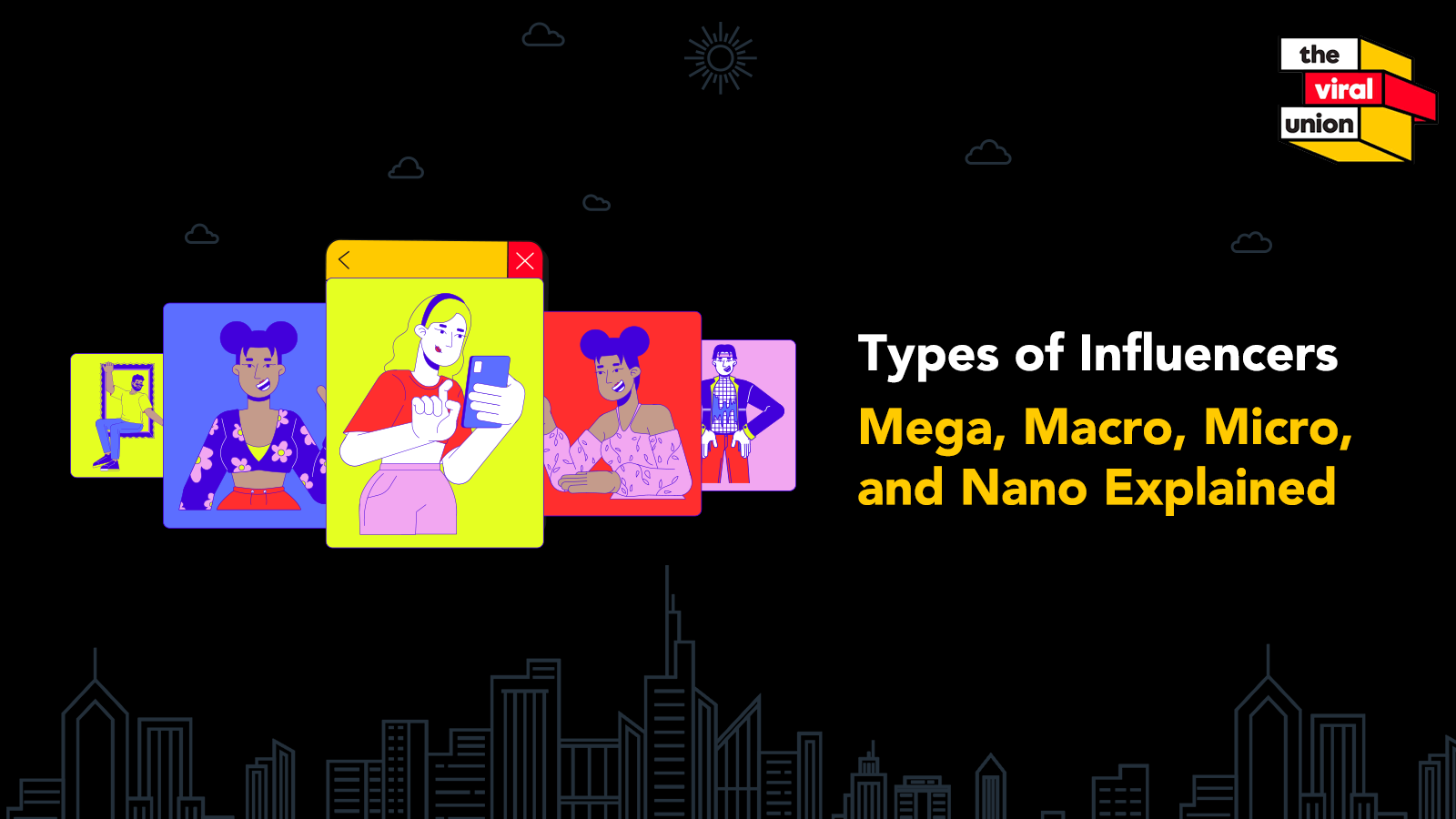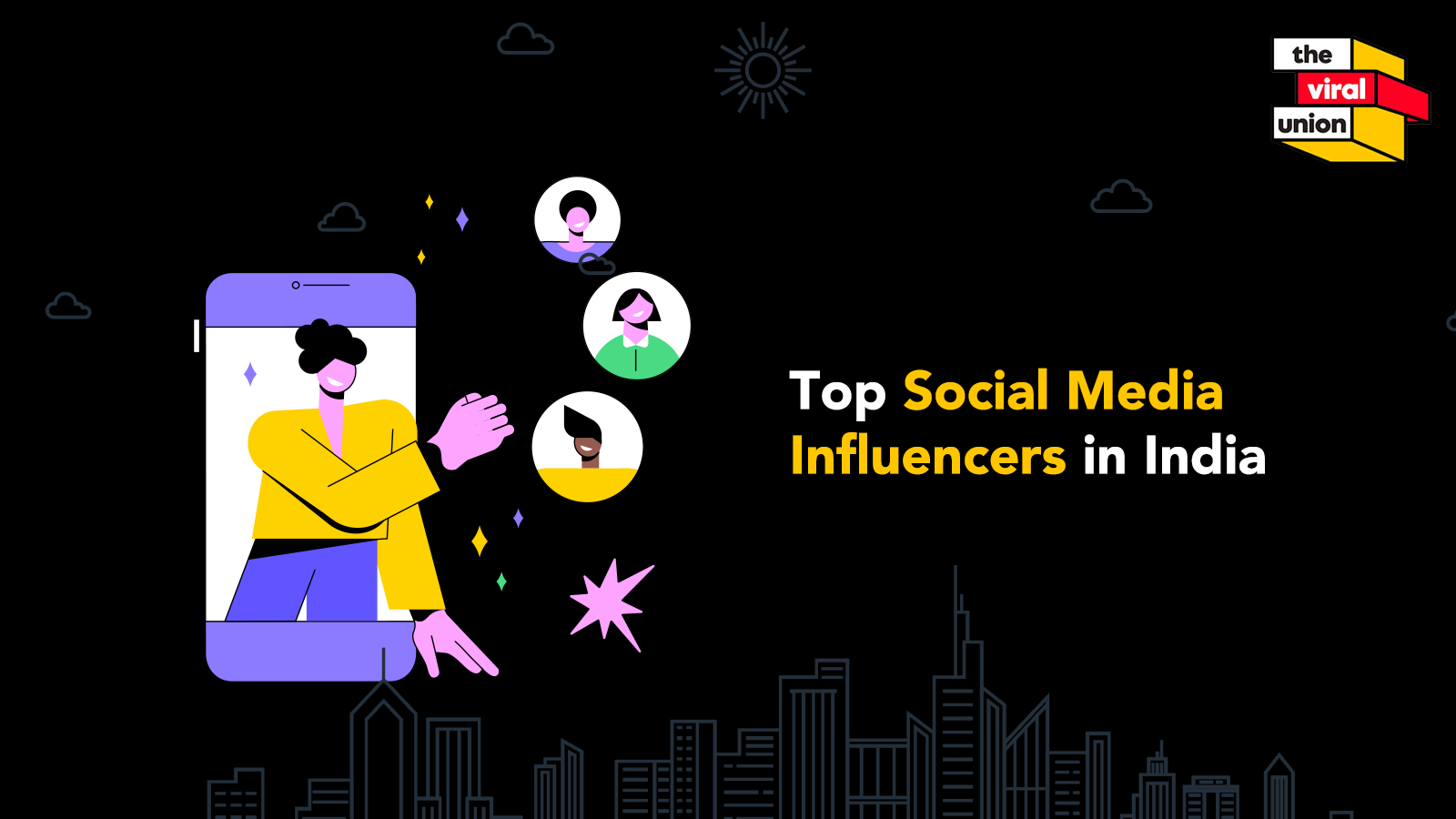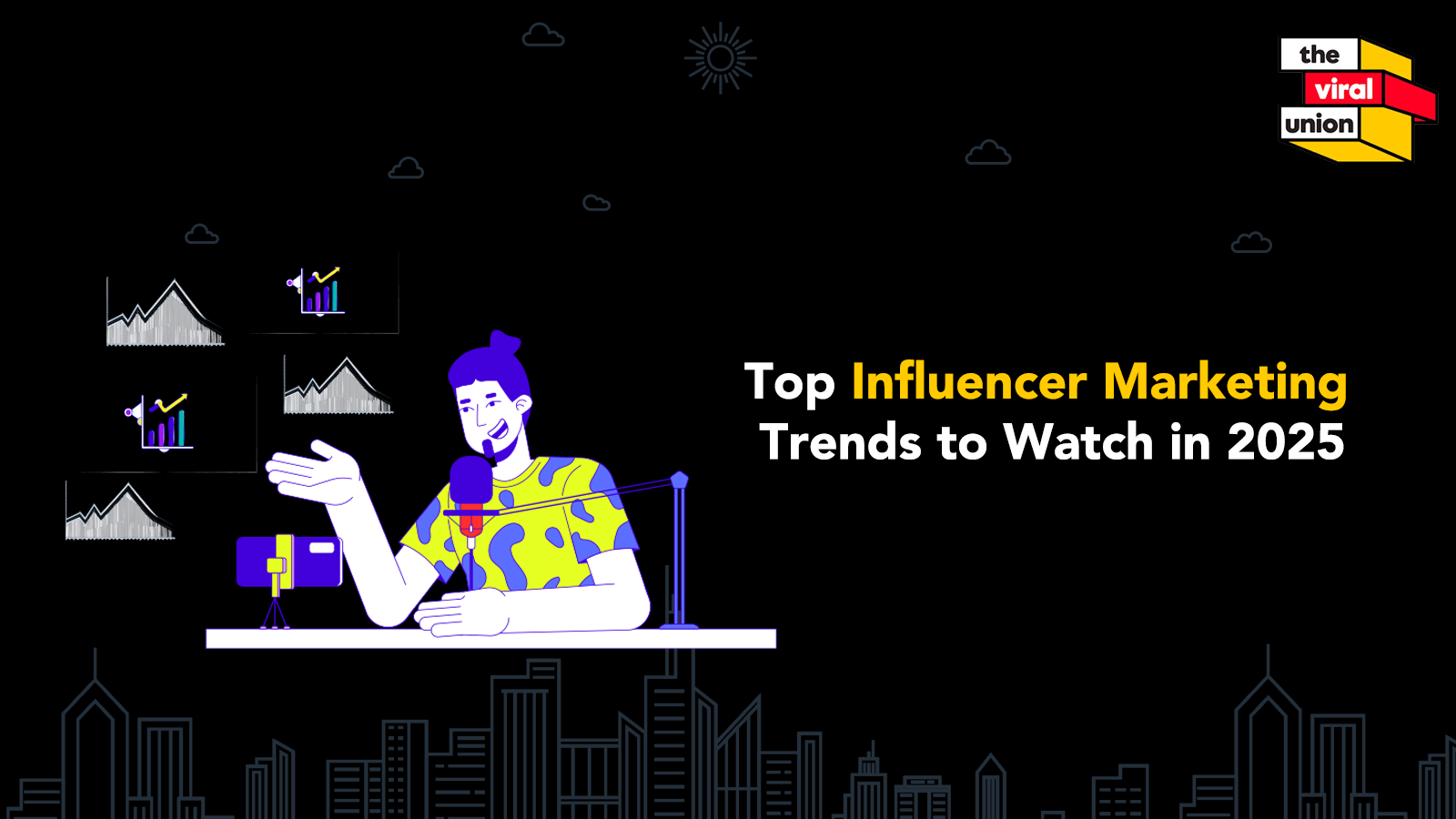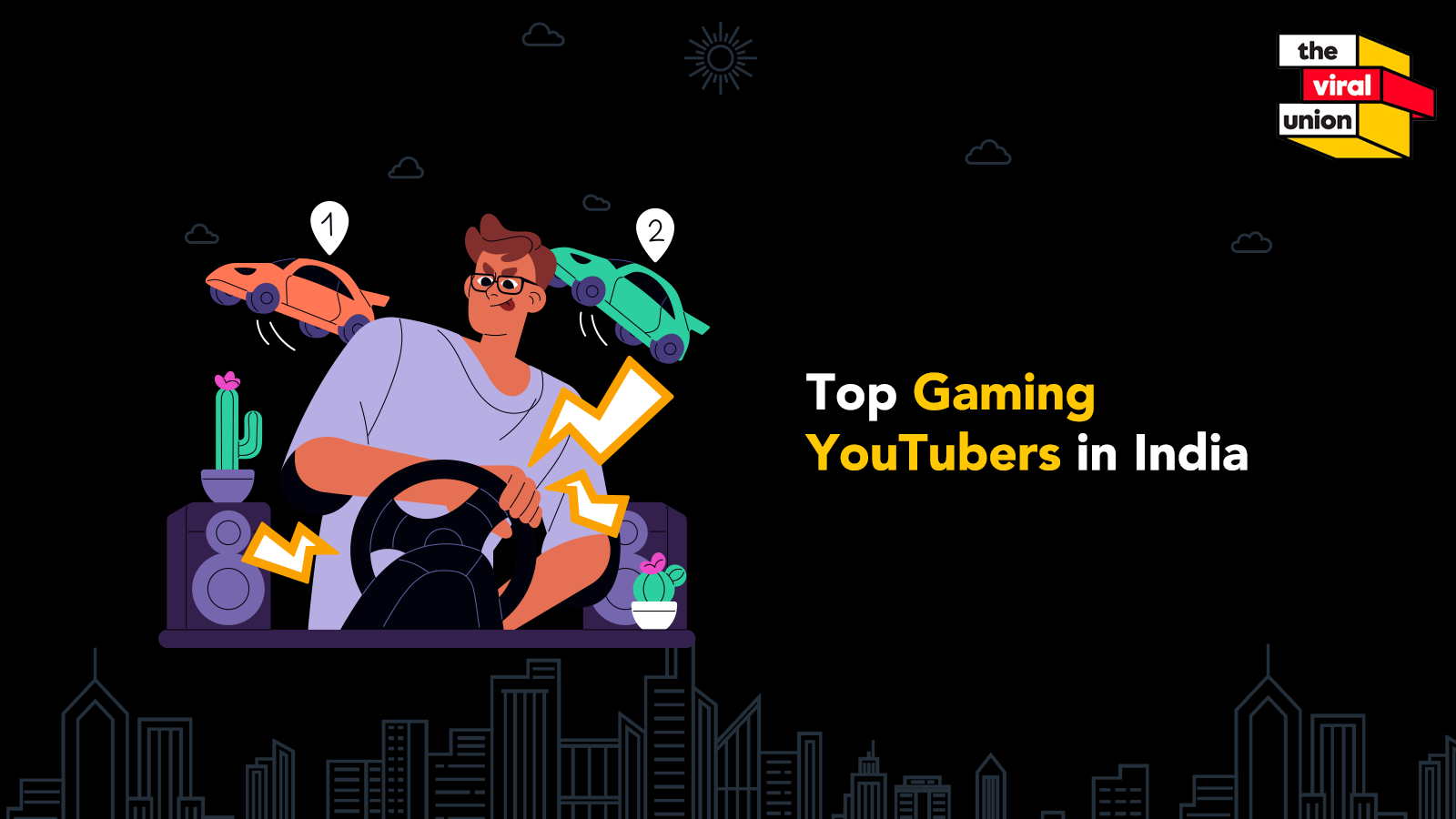Social Commerce: Making Influencer Content Shoppable
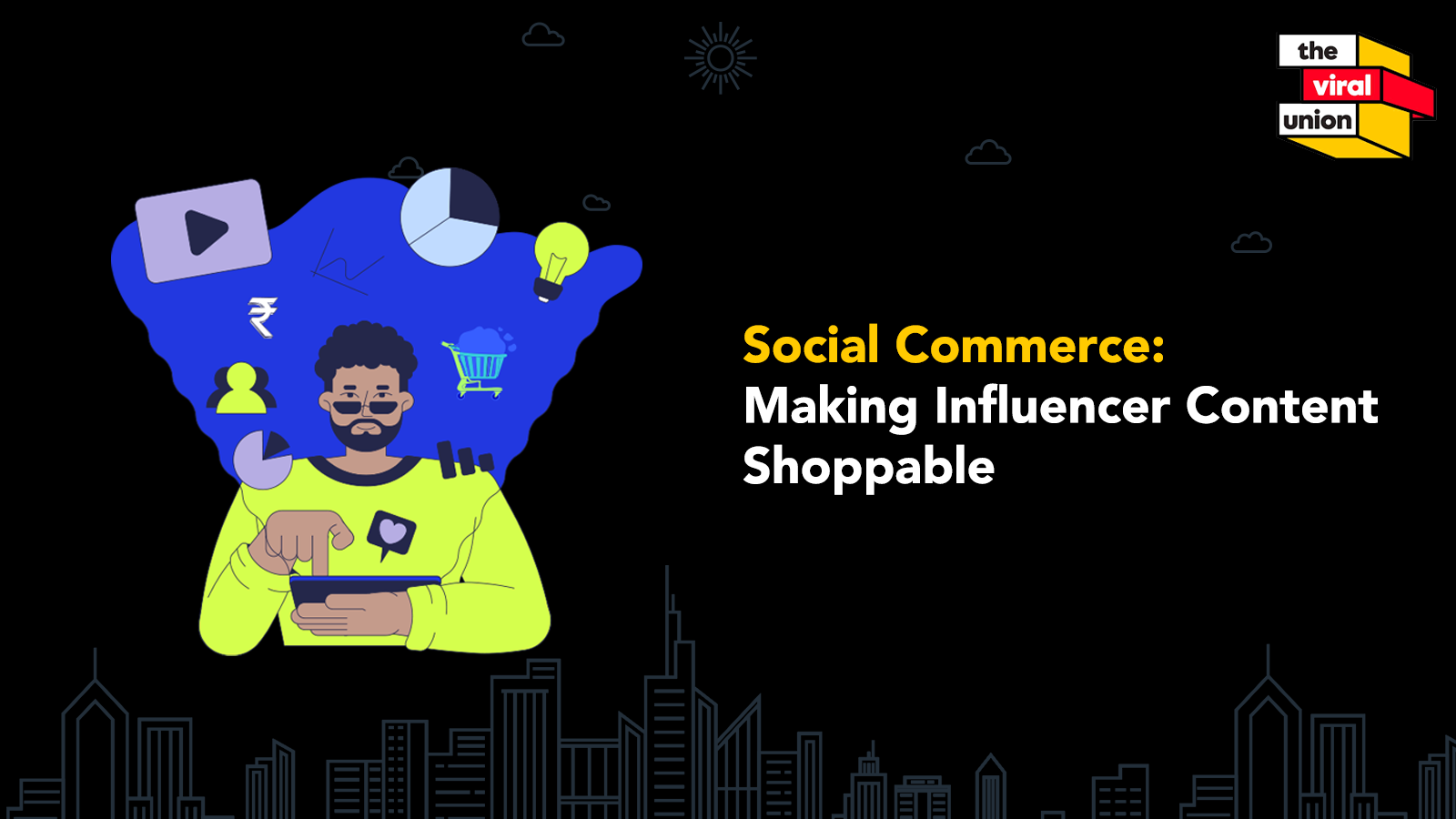
Table of Contents
Let’s begin with an incident we all come across multiple times a day when scrolling through Instagram. While casually double tapping your way through a bunch of reels, you come across a creator who is wearing the exact jacket you didn’t know you needed. Before you can even think “where did he/she get that,” there’s a “View Products” tag right on the screen. One tap. One cart. One impulse purchase that feels like destiny.
Welcome to the golden age of shoppable influence. Where content sells, carts fill themselves, and brands who get it… win.
What Exactly is Social Commerce?
Let’s decode it for the boardroom. The social commerce meaning is simple but mighty: It’s the intersection of social media and eCommerce, where the entire buying journey—discovery, decision, and checkout—happens within a social platform.
That means no more clicking out, no more friction. Platforms like Instagram Shop, YouTube Shopping, and even Pinterest Product Pins are turning casual scrolls into instant purchases.
It’s content-first, conversion-fast. And if done right, it doesn’t just sell products—it builds brand universes.
Why Social Commerce is Blowing Up
Now, before we get into the detailing part, let’s first talk numbers. According to research, social commerce now accounts for 15% of India’s $120 billion e-commerce market. With stats like these, calling it “growth” feels like calling the Avengers “a group project.” This is a full-blown digital shopping revolution, and it’s happening on your feed, not in your cart.
And here’s the kicker: Around 60 million Gen Z and a significant portion of millennials say they prefer discovering products on social media over traditional e-commerce sites.
Overall, social commerce isn’t just a new channel, it’s a new mindset. It blends community, content, and commerce in a way that feels native, not salesy.
In short? The mall is now on your feed. Shopping just got way cooler.
You may like to read: How to Identify the Right Influencer for Your Brand
Traditional eCommerce vs. Social Commerce
| Feature | Traditional eCommerce | Social Commerce |
| Discovery | Search-based | Feed-based & creator-driven |
| Checkout | Website-based | In-app & seamless |
| Content Style | Product-centric | Storytelling-driven |
| Trust Factor | Reviews/testimonials | Influencer authenticity |
| Engagement | Limited to post-purchase | Ongoing & interactive |
Too Long; Didn’t Read? Social commerce is eCommerce with swagger.
The Influencer Effect: How to Turn Stories into Sales

Influencers are the true MVPs of social commerce. Why? Because people buy from people they trust. And don’t we all agree here that a product demo from a creator feels more honest than a polished ad any day!
But as a brand how to get it right? Here’s how you can make your influencer content shoppable the smartest way:
1. Choose the Right Platform
Instagram is for virality. YouTube is gold for long-form, educational product storytelling. Pinterest is for aesthetic-driven shopping. Align your product type with the right channel and the results will itself speak the impact.
2. Enable In-App Shopping Features
Don’t just ask creators to tag your brand, you also need to make sure the post is shoppable. Enable Instagram/Facebook Product Tags or direct YouTube product shelves.
3. Add Affiliate Links with Trackable Metrics
Most importantly, it’s not enough to know your campaign “did well.” Use UTM links and platform-native affiliate tools to track conversions.
4. Use Short-Form Video
Short-form video content accounts for more than half of influencer-driven purchases. It’s snackable, shareable and seriously addictive.
5. Keep It Native
If it screams “sponsored,” you’ve already lost. Great influencer content feels like a friend’s recommendation, not a billboard.
Check Out: What Is Influencer Marketing? A Beginner’s Guide for Brands
2025 Social Commerce Trends You Can’t Ignore
Let’s peek into the not-so-distant future:
1. Live Shopping Goes Mainstream
Creators host live demos, answer questions in real-time, and drive FOMO-fueled purchases. Expect a significant of all social commerce sales to come from live shopping by end of 2025.
2. Purpose-Led Purchases
Consumers are 4x more likely to buy from brands that reflect their values (Edelman Trust Barometer, 2025). That’s why creators with a cause are outperforming celebs with a script.
3. Cross-Platform Carts
Soon, we might see unified carts across social platforms. Add to cart on Pinterest, checkout on Instagram, the future’s already testing that.
4. AI & Personalization
Expect smarter feeds. AI is making content (and commerce) hyper-relevant. Think creator suggestions based on your past purchases or browsing habits.
What Brands Should Really Be Doing
The future belongs to brands that build influence, not just ads. So, if you’re not turning content into conversion points, you’re just making pretty noise.”
So, what does smart social commerce look like? It means:
- Tapping creators who actually use (and love) your product
- Designing campaigns with seamless buying UX
- Thinking long-term: relationships, not one-time ROIs
Wrapping Up: It’s Time to Get Shoppable
Let’s face it: Static ads are fading. Feed-first, frictionless, influencer-fueled social commerce is the new rulebook.
The good news? You don’t have to figure it out alone.
At The Viral Union, as India’s leading influencer marketing agency our experts set the social commerce trends tailored for your brand. From matchmaking with the right creators to building campaigns that don’t just reach but convert, we turn content into commerce like it’s second nature.
Because when it comes to influence, it isn’t about who shouts the loudest; it’s about whispering the right thing into the right feed at the right time and making it get clicked—and TVU gets it.
Ready to turn your brand into a shoppable story? Let’s connect!
Also Read: Types of Influencers: Mega, Macro, Micro, and Nano Explained
Frequently Asked Question (FAQs)
Do smaller brands actually benefit from social commerce?
Yes! It’s a great way for emerging brands to connect with niche audiences without big budgets, especially through micro-influencers.
Can B2B brands use social commerce too?
They can, it just has to be more strategic. Think LinkedIn demos, YouTube explainers, or live product walk-throughs tailored to professionals.
Which types of products work best on social commerce?
Things that look good on camera and are easy to understand, like fashion, skincare, home goods, or gadgets usually perform best.
Do I need a big following to win at social commerce?
Not really. Smaller influencers often drive more trust and engagement than big names. It’s about connection, not just reach.
Will social commerce replace my eCommerce site?
Nope, it works best as a complement. Social commerce boosts discovery and impulse buys, but your website still tells the full brand story.


 Previous
Previous 
